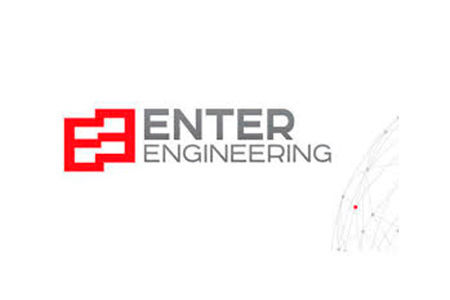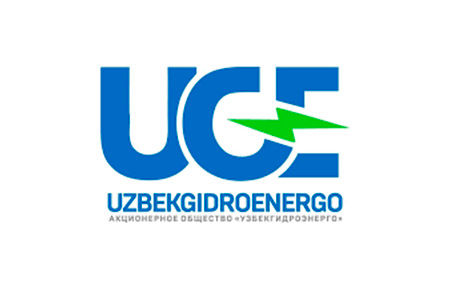
Design and construction of wired and wireless data transmission networks Проектирование и строительство сетей проводных и беспроводных передачи данных
Home ➤ Services ➤ Design and construction of wired and wireless data transmission networks Проектирование и строительство сетей проводных и беспроводных передачи данных
Design is an important step in the process of implementing a Wi-Fi network deployment project. A preliminary analysis allows you to avoid possible problems in the future related to the quality of coverage, the stability and speed of the wireless data transmission channel, ensuring the proper level of network security, or the amount of equipment involved in the project.
Building a WiFi network is a responsible and complex job that takes place in several stages, conventionally divided into preparation and installation work. Each process needs to be worked out to the maximum so that in the end a wireless digital Wi-Fi connection with the specified capabilities and parameters is built.






























